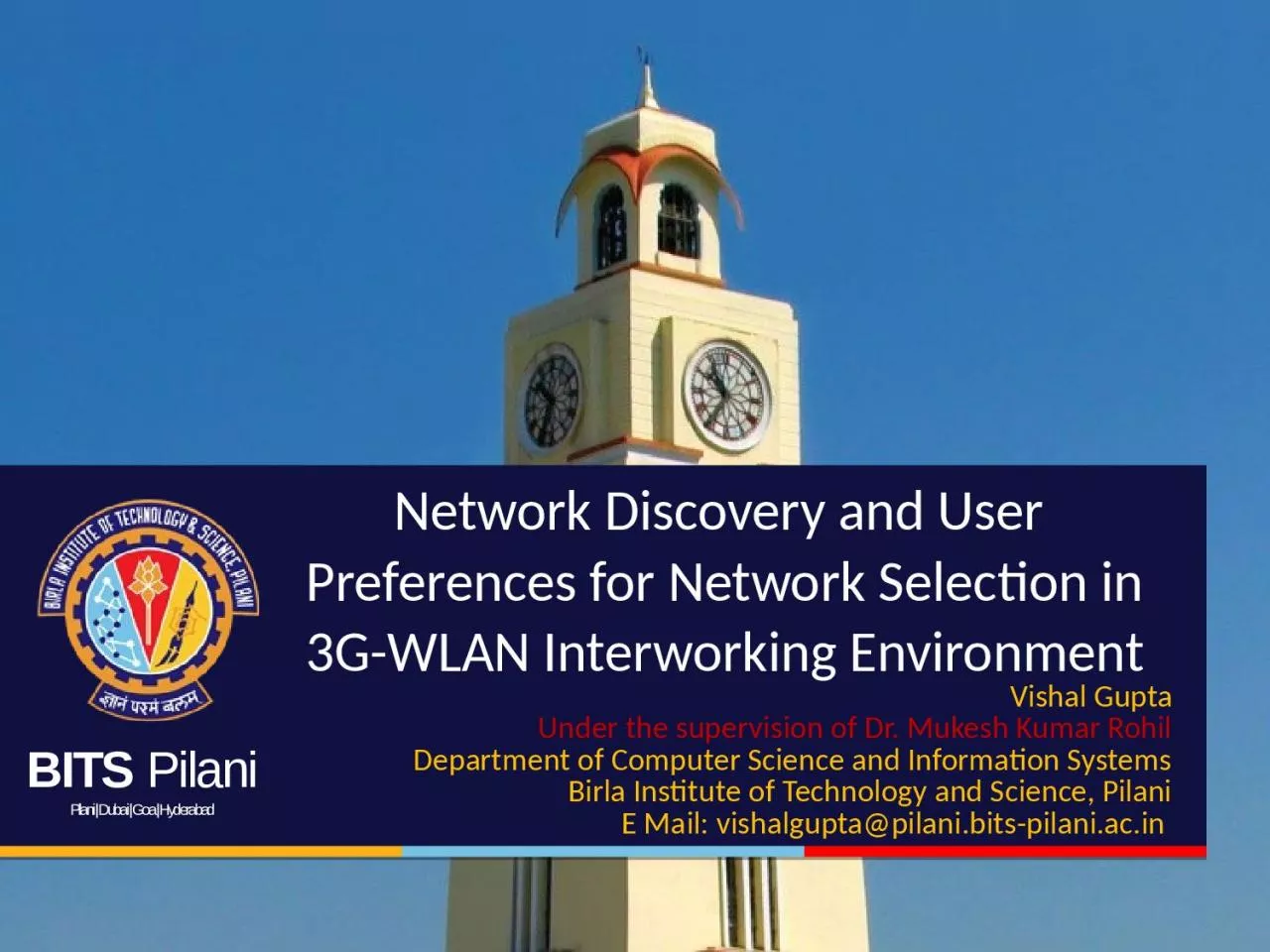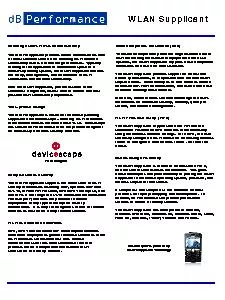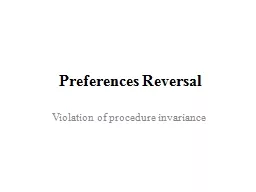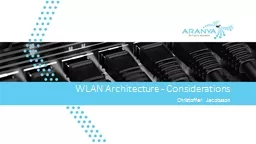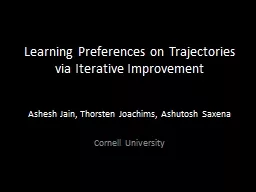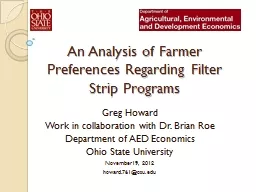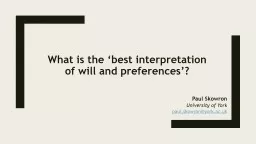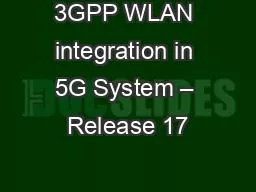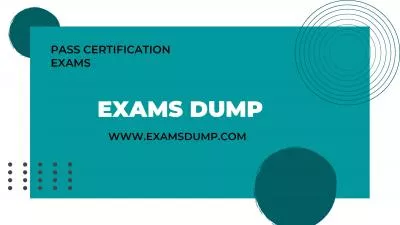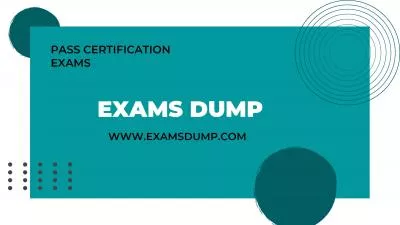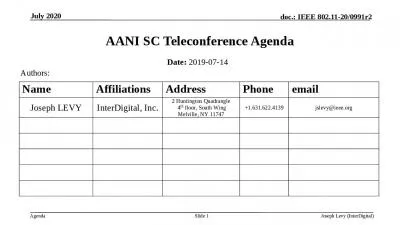PPT-Network Discovery and User Preferences for Network Selection in 3G-WLAN Interworking
Author : elyana | Published Date : 2022-06-08
Vishal Gupta Under the supervision of Dr Mukesh Kumar Rohil Department of Computer Science and Information Systems Birla Institute of Technology and Science Pilani
Presentation Embed Code
Download Presentation
Download Presentation The PPT/PDF document "Network Discovery and User Preferences ..." is the property of its rightful owner. Permission is granted to download and print the materials on this website for personal, non-commercial use only, and to display it on your personal computer provided you do not modify the materials and that you retain all copyright notices contained in the materials. By downloading content from our website, you accept the terms of this agreement.
Network Discovery and User Preferences for Network Selection in 3G-WLAN Interworking: Transcript
Download Rules Of Document
"Network Discovery and User Preferences for Network Selection in 3G-WLAN Interworking"The content belongs to its owner. You may download and print it for personal use, without modification, and keep all copyright notices. By downloading, you agree to these terms.
Related Documents

